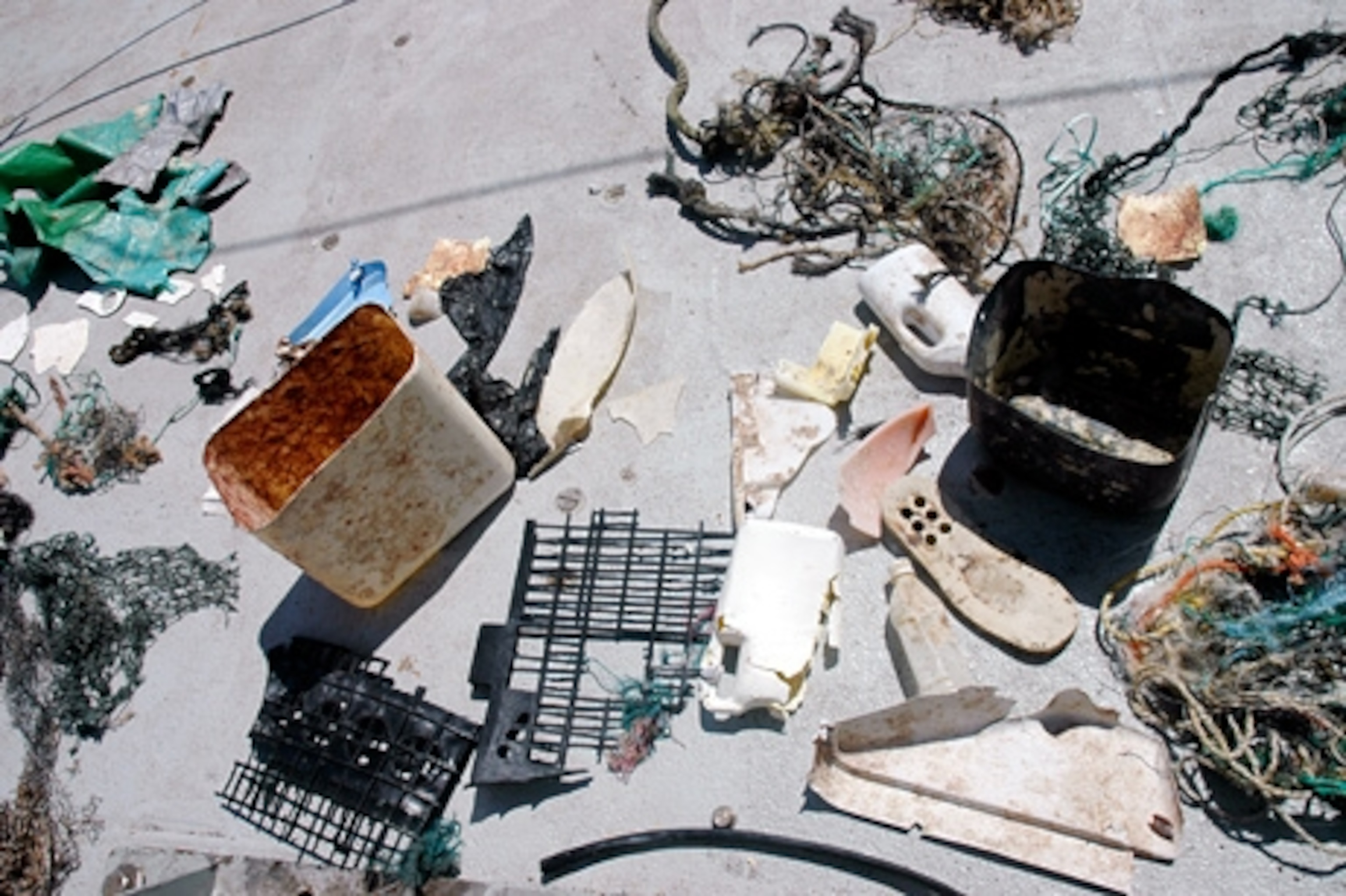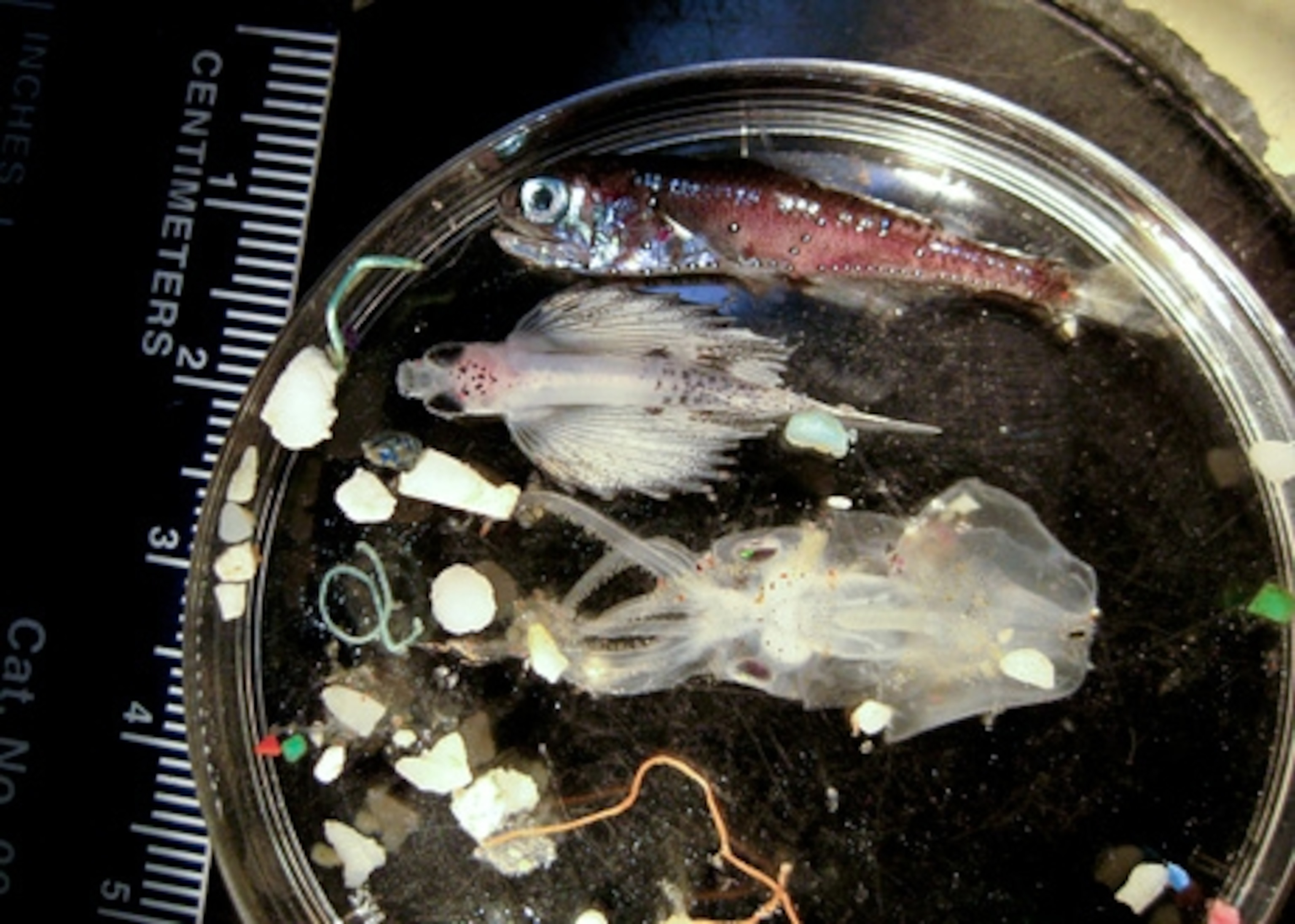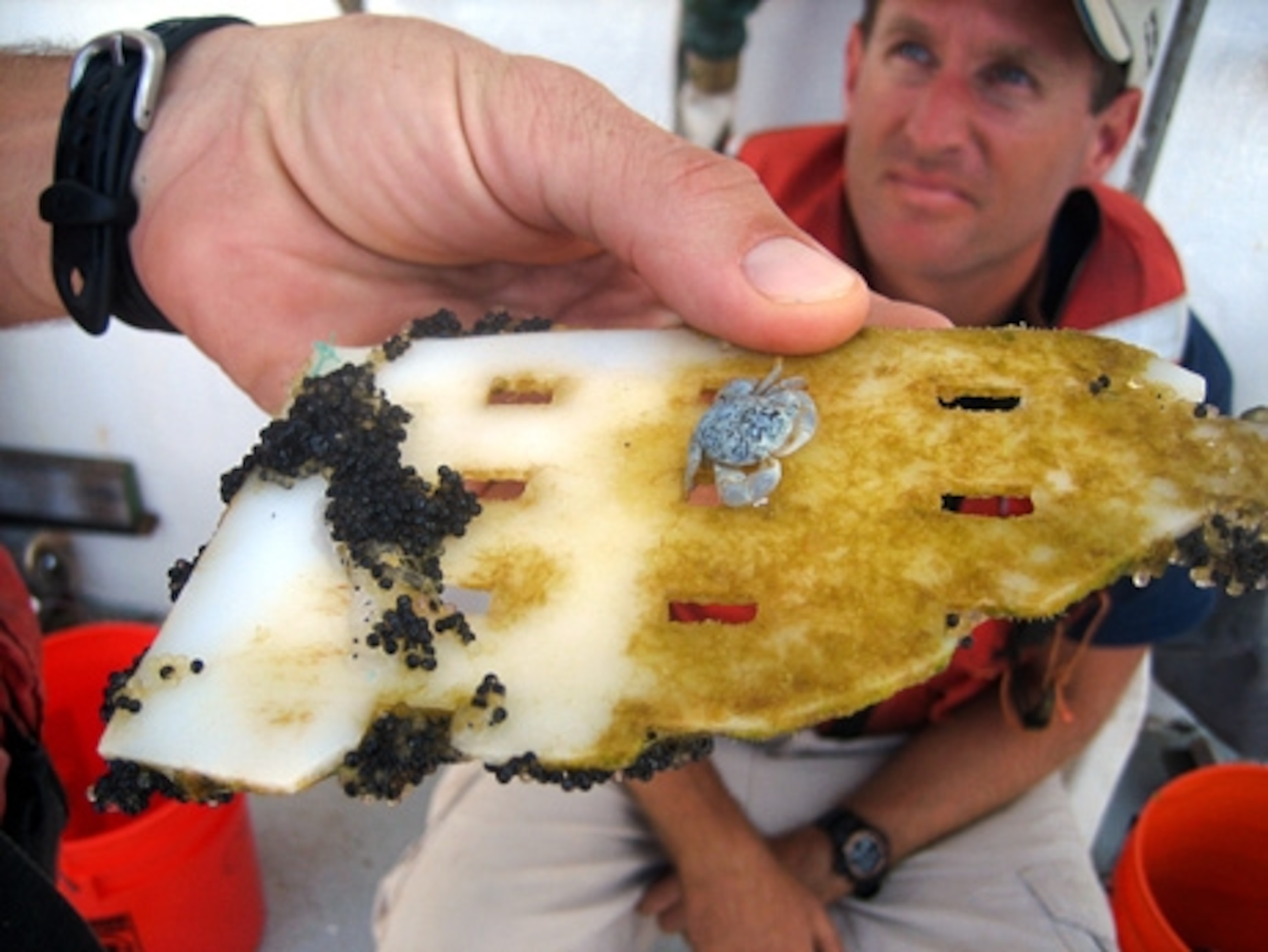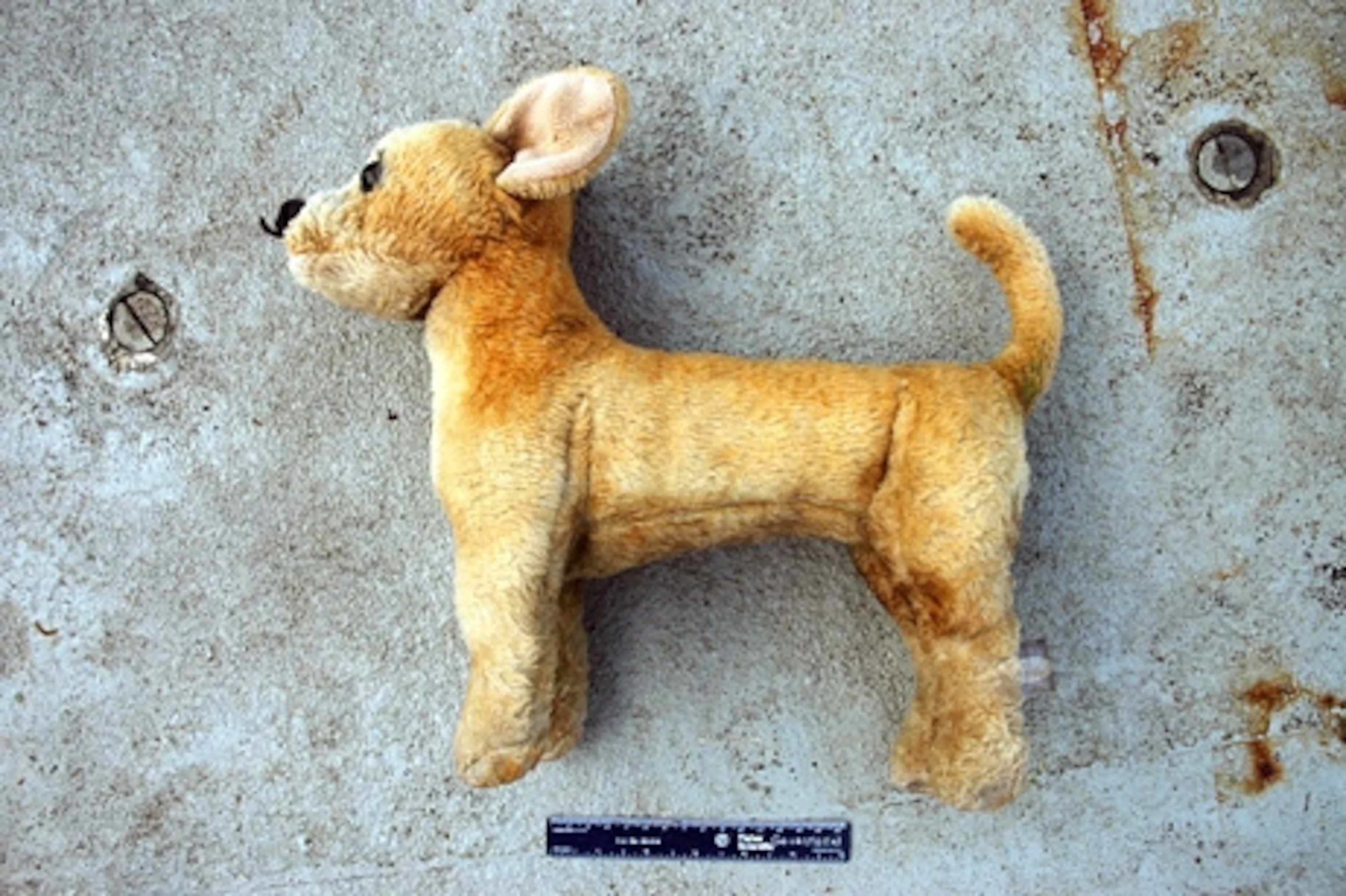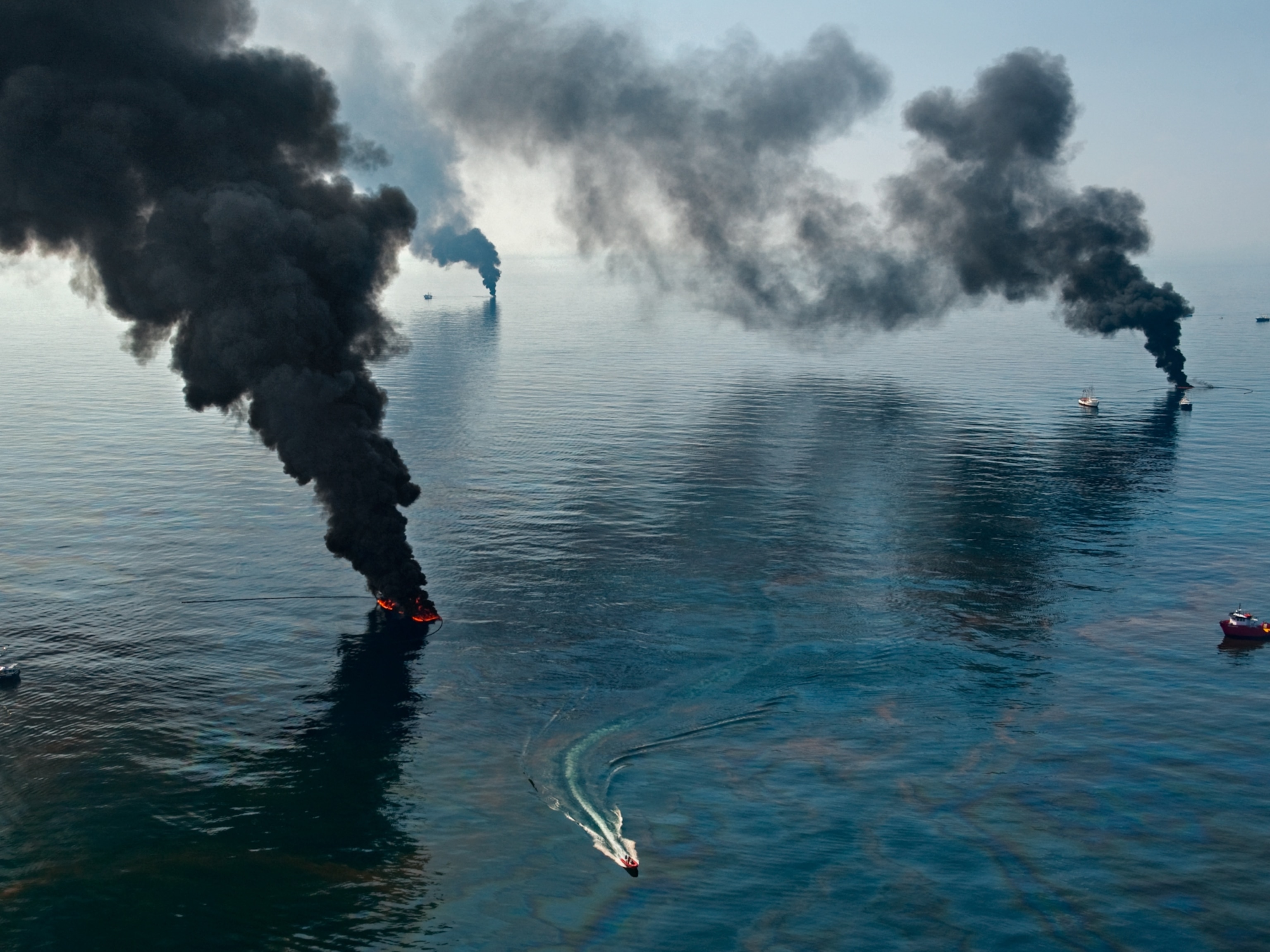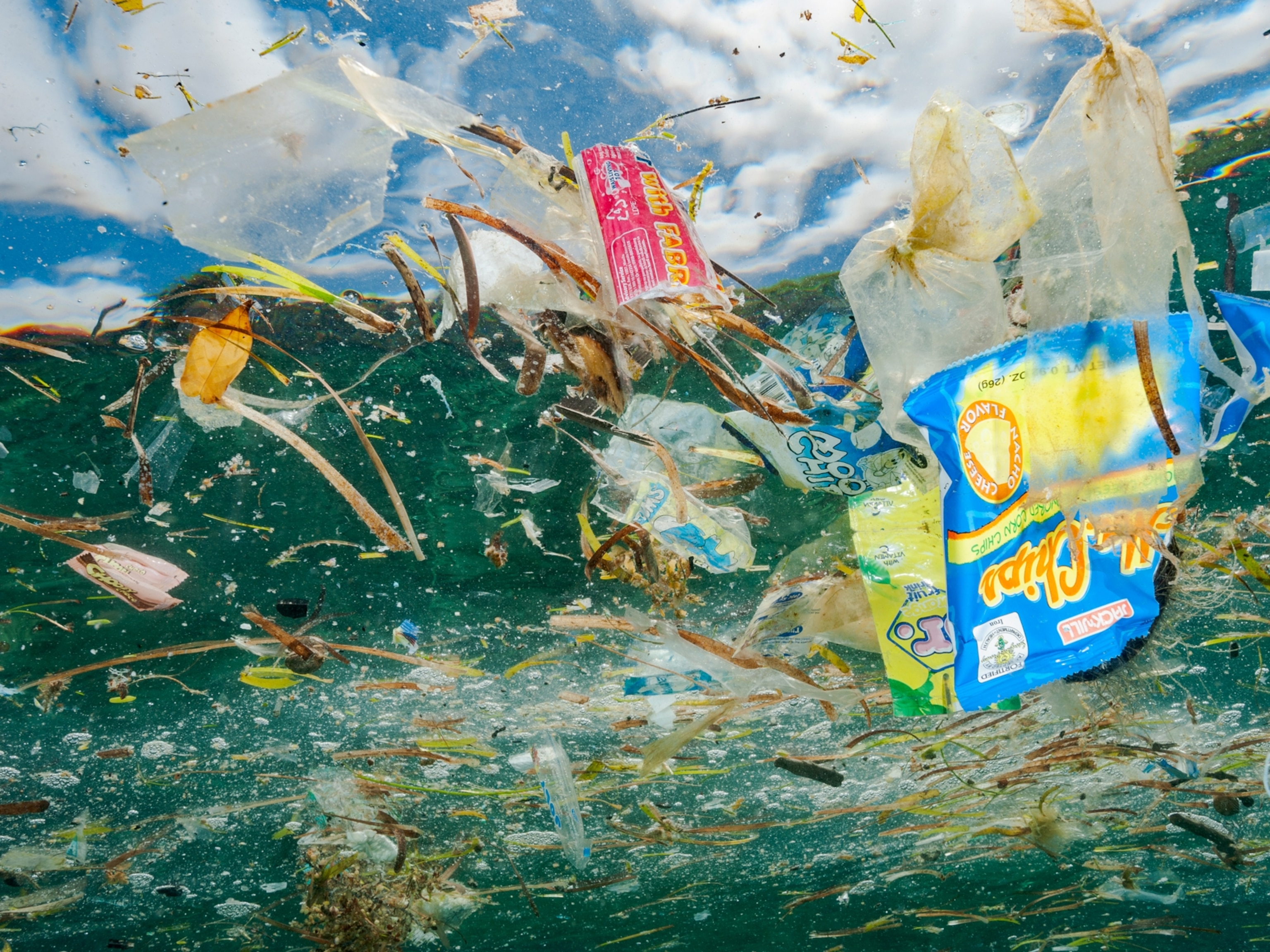Photograph courtesy Scripps Institution of Oceanography
Photos: Giant Ocean-Trash Vortex Documented—A First
Take a look at pieces of the Eastern Pacific Garbage Patch, a loose, free-floating "dump" twice the size of Texas.
ByBrian Handwerk
September 4, 2009

